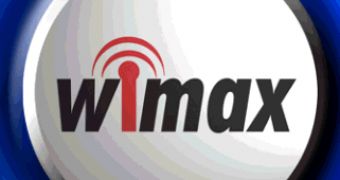The next-generation technology in the telecommunications area, also known as 4G, seems to already attract users on its side, with the currently available WiMAX solution. According to a recently published quarterly report from Maravedis, a number of around 400,000 BWA/WiMAX subscribers were added in the first quarter of the ongoing year, reaching a total of 3.5 million subscribers all around the world, along with no less than 50 million new, active 3G subscribers.
Cintia Garza, co-author of the report, states that WiMAX has seen some rough times lately, with 2008 being a rather difficult year for the standard, and with the economical slowdown greatly affecting the industry during the first quarter of the ongoing year. Moreover, she also notes that operators were rather cautious with their spendings, and the 4G technology has been affected by this as well.
“There is some room for optimism: despite the economic slowing, BWA/WiMAX has proven that it is a viable alternative for access in underserved markets and as a broadband overlay. WiMAX suppliers say that they offer a low cost way to deliver network service most needed now: that waiting for LTE is lost opportunity and overkill of network complexity and cost. An emerging message from operators is the choice of network technology is less important so long as it serves their purpose,” analyst Robert Syputa comments.
The report also shows why mobile phone carriers would rather make investments in LTE, as well as what difficulties they will face when making the transition to the new standard. It seems that more than one third of the operators (37 percent) consider that LTE is the best option they currently have to meet increasing demands for higher bandwidth services and capacity, while 15 percent see LTE as an opportunity to have more flexibility for the use of different spectrum bands.
Other findings shown in the report include the fact that 28 percent of the carriers say that technological delays are the greatest challenges for LTE adoption, while 24 percent of them consider interoperability between LTE vendors a concerning reason. Ten percent of them see a challenge in the lack of spectrum/delayed auctions. At the same time, the report also shows that the recorded WiMAX ARPU for Q1 2009 was of US$42.43 for residential areas and of US$116.82 for the business segment, compared with the US$42.33 and US$122.64 registered in the Q4 2008, respectively.

 14 DAY TRIAL //
14 DAY TRIAL //